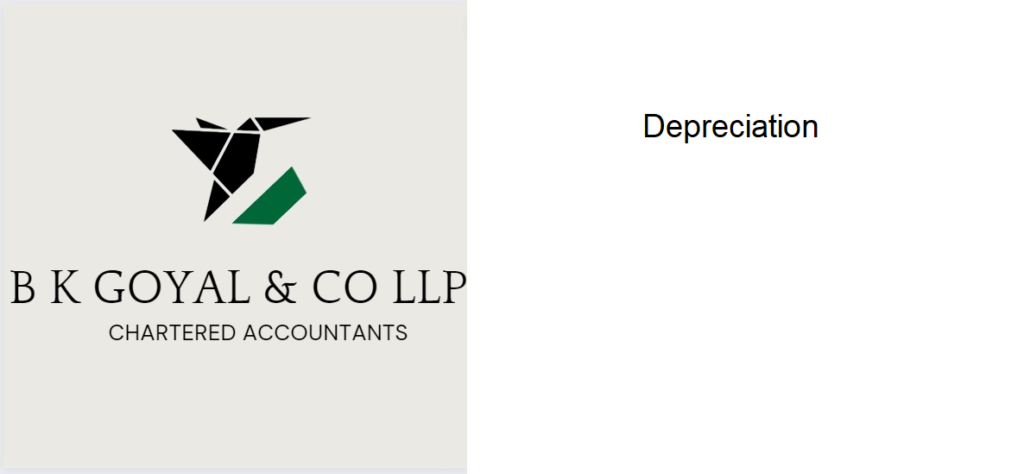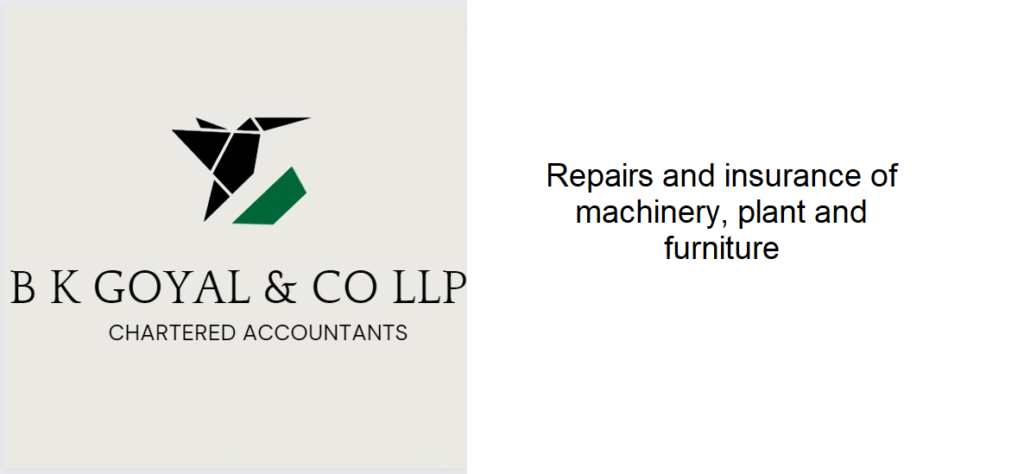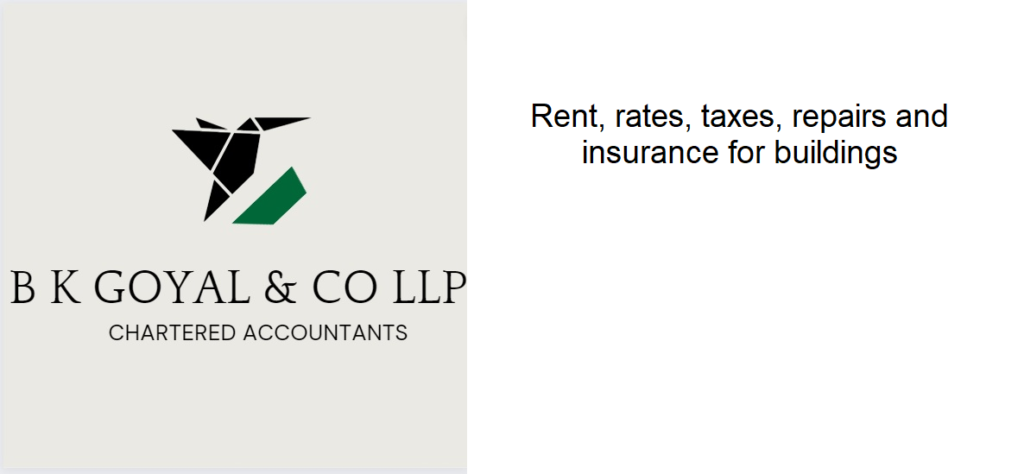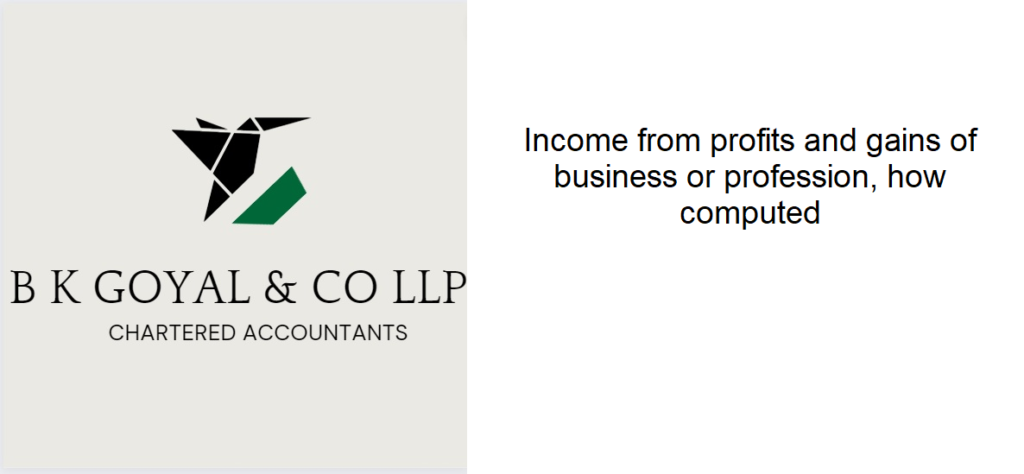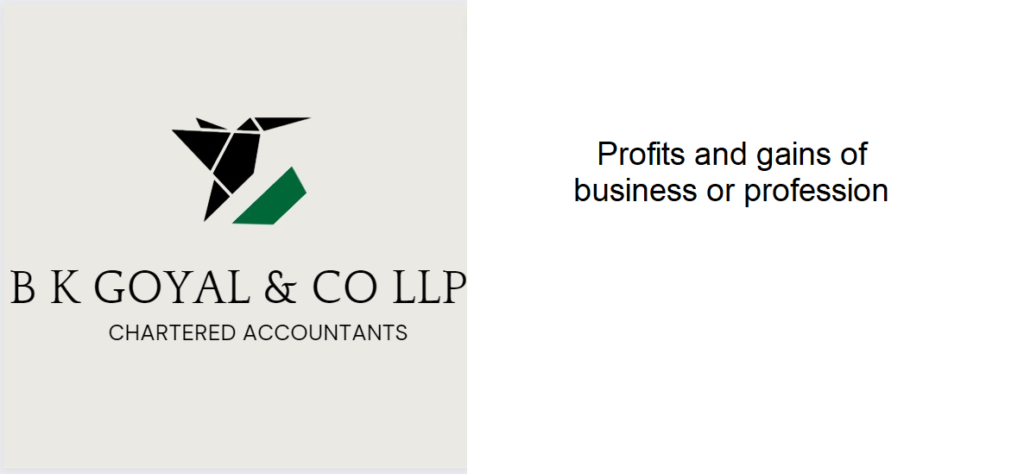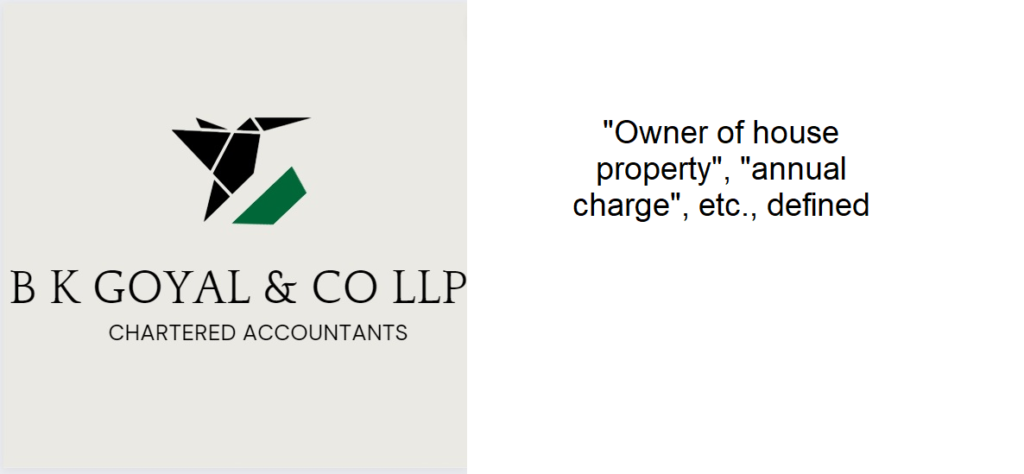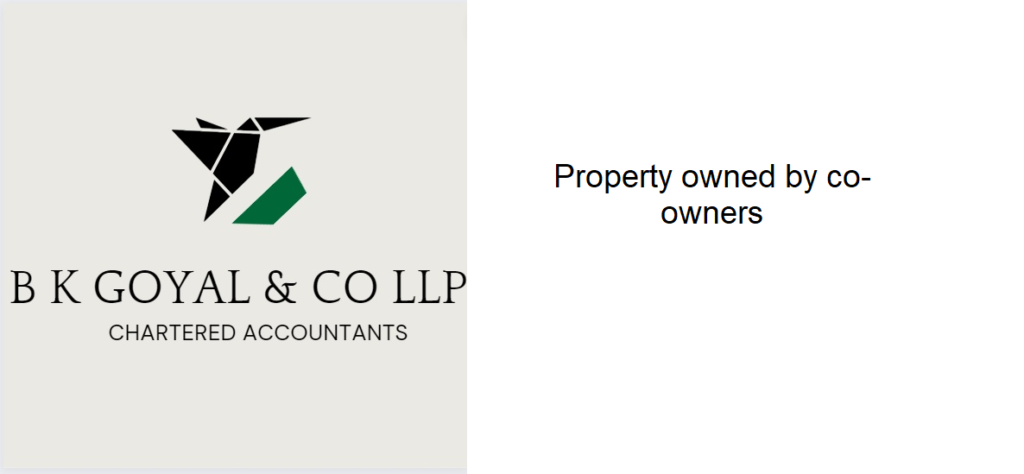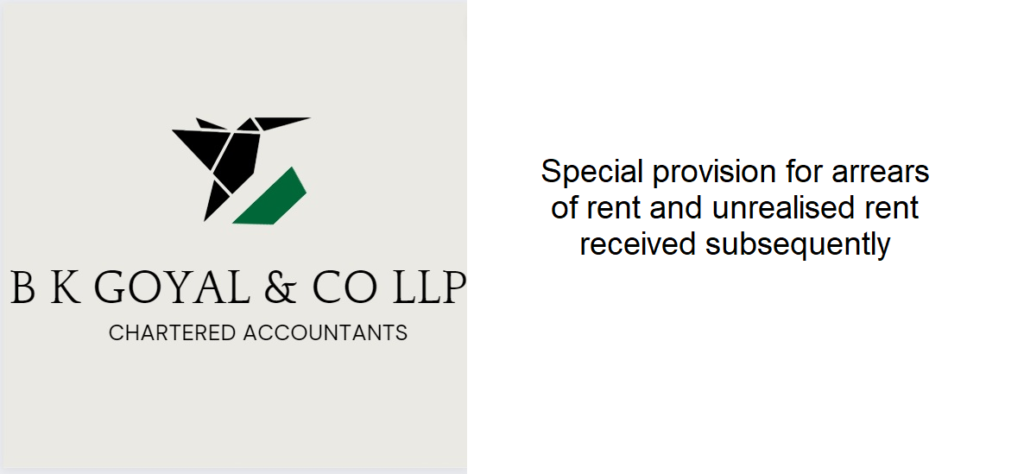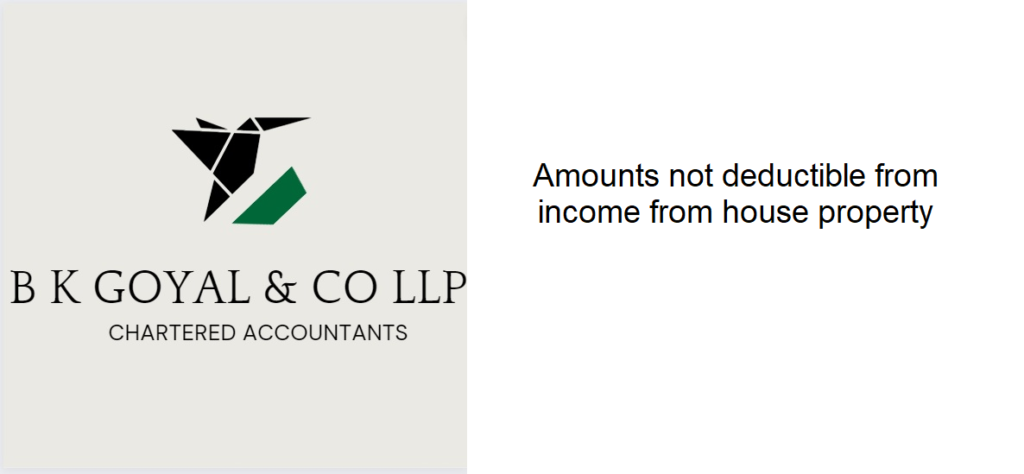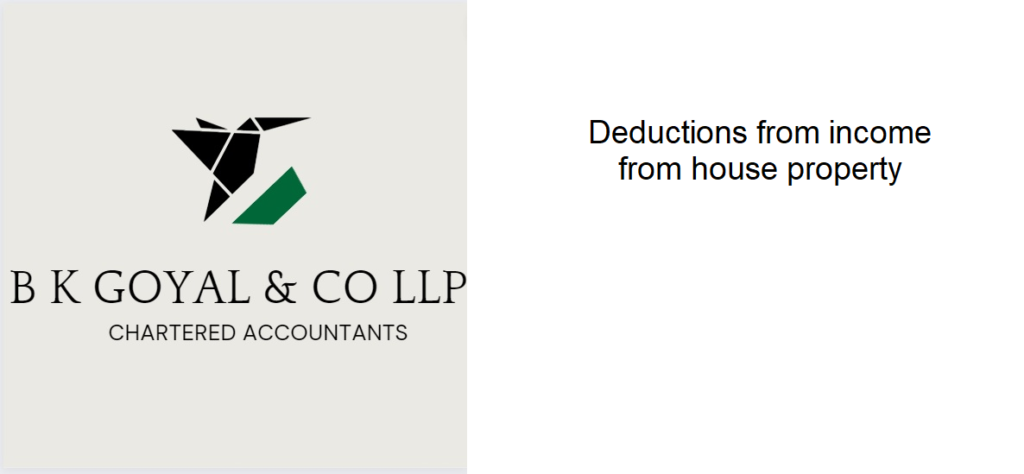Depreciation
Depreciation, a term frequently used in the fields of finance and accounting, refers to the decline in value of an asset over a certain period. In the context of income tax, it is an expenditure that businesses can claim as a deduction to decrease their taxable income and ultimately their tax burden. This blog post will delve into the essentials of depreciation in income tax section 32. Depreciation is a method of apportioning the cost of an asset over its useful life. This means that rather than accounting for the full cost of an asset in the year it was acquired, the cost is distributed over the period that the asset is anticipated to produce revenue. For instance, if a company purchases a $10,000 piece of equipment with a predicted life of 5 years, the cost of the equipment will be depreciated at a rate of $2,000 per year over those 5 years. Depreciation is vital because it allows businesses to match the expense of an asset with the revenue it produces over time. It also enables them to reduce their taxable income by claiming it as a tax-deductible expense. Income tax section 32 deals with the depreciation of assets for tax purposes. This section permits businesses to claim depreciation on assets that are utilized for generating income, such as machinery, buildings, vehicles, and computers. Under income tax section 32, depreciation is calculated using the block of assets method. This involves grouping assets into blocks based on their useful life, and assigning depreciation rates to each block. The depreciation rate for each block is set by the Income Tax Department and is determined by the expected useful life of the assets in that block. For example, if a business has a block of assets that includes machinery with a useful life of 5 years and buildings with a useful life of 30 years, the depreciation rate for the machinery would be greater than the rate for the buildings. In summary, depreciation is a crucial concept in finance and accounting that allows businesses to spread out the cost of an asset over its useful life. Income tax section 32 provides a framework for claiming depreciation on assets utilized for generating income. Understanding the fundamentals of depreciation and income tax section 32 can help businesses reduce their taxable income and lower their tax liability. section 32 of Income Tax Act, 1961 1) In respect of depreciation of— (i) buildings, machinery, plant or furniture, being tangible assets; (ii) know-how, patents, copyrights, trade marks, licences, franchises or any other business or commercial rights of similar nature, being intangible assets acquired on or after the 1st day of April, 1998, 16[not being goodwill of a business or profession] owned, wholly or partly, by the assessee and used for the purposes of the business or profession, the following deductions shall be allowed— (i) in the case of assets of an undertaking engaged in generation or generation and distribution of power, such percentage on the actual cost thereof to the assessee as may be prescribed17; (ii) in the case of any block of assets, such percentage on the written down value thereof as may be prescribed18: Provided that no deduction shall be allowed under this clause in respect of— (a) any motor car manufactured outside India, where such motor car is acquired by the assessee after the 28th day of February, 1975 but before the 1st day of April, 2001, unless it is used— (i) in a business of running it on hire for tourists ; or (ii) outside India in his business or profession in another country ; and (b) any machinery or plant if the actual cost thereof is allowed as a deduction in one or more years under an agreement entered into by the Central Government under section 42 : Provided further that where an asset referred to in clause (i) or clause (ii) or clause (iia) or the first proviso to clause (iia), as the case may be, is acquired by the assessee during the previous year and is put to use for the purposes of business or profession for a period of less than one hundred and eighty days in that previous year, the deduction under this sub-section in respect of such asset shall be restricted to fifty per cent of the amount calculated at the percentage prescribed for an asset under clause (i) or clause (ii) or clause (iia), as the case may be : Provided also that where an asset referred to in clause (iia) or the first proviso to clause (iia), as the case may be, is acquired by the assessee during the previous year and is put to use for the purposes of business for a period of less than one hundred and eighty days in that previous year, and the deduction under this sub-section in respect of such asset is restricted to fifty per cent of the amount calculated at the percentage prescribed for an asset under clause (iia) for that previous year, then, the deduction for the balance fifty per cent of the amount calculated at the percentage prescribed for such asset under clause (iia) shall be allowed under this sub-section in the immediately succeeding previous year in respect of such asset: Provided also that where an asset being commercial vehicle is acquired by the assessee on or after the 1st day of October, 1998 but before the 1st day of April, 1999 and is put to use before the 1st day of April, 1999 for the purposes of business or profession, the deduction in respect of such asset shall be allowed on such percentage on the written down value thereof as may be prescribed. Explanation.—For the purposes of this proviso,— (a) the expression “commercial vehicle” means “heavy goods vehicle”, “heavy passenger motor vehicle”, “light motor vehicle”, “medium goods vehicle” and “medium passenger motor vehicle” but does not include “maxi-cab”, “motor-cab”, “tractor” and “road-roller”; (b) the expressions “heavy goods vehicle”, “heavy passenger motor vehicle”, “light motor vehicle”, “medium goods vehicle”, “medium passenger motor
